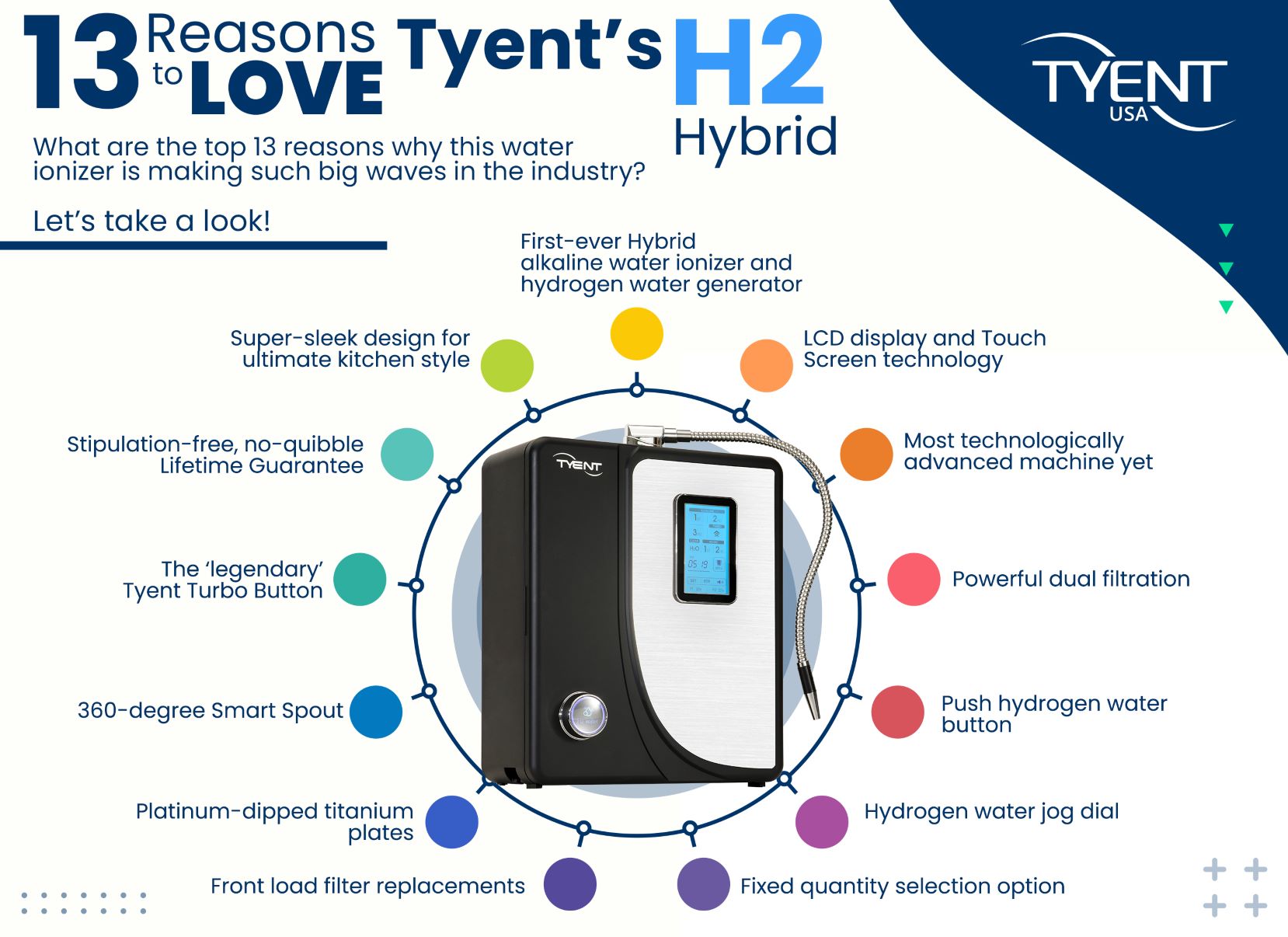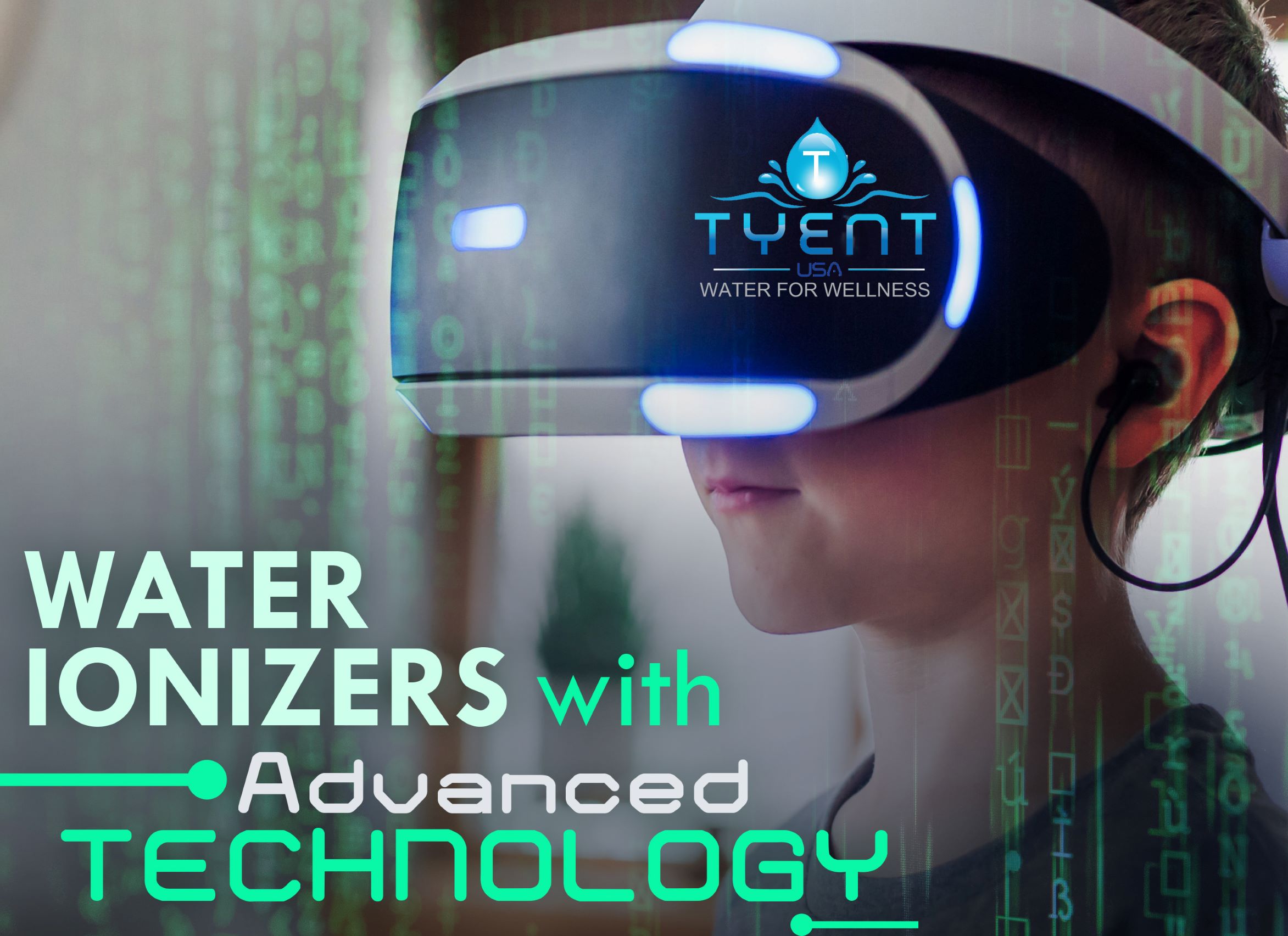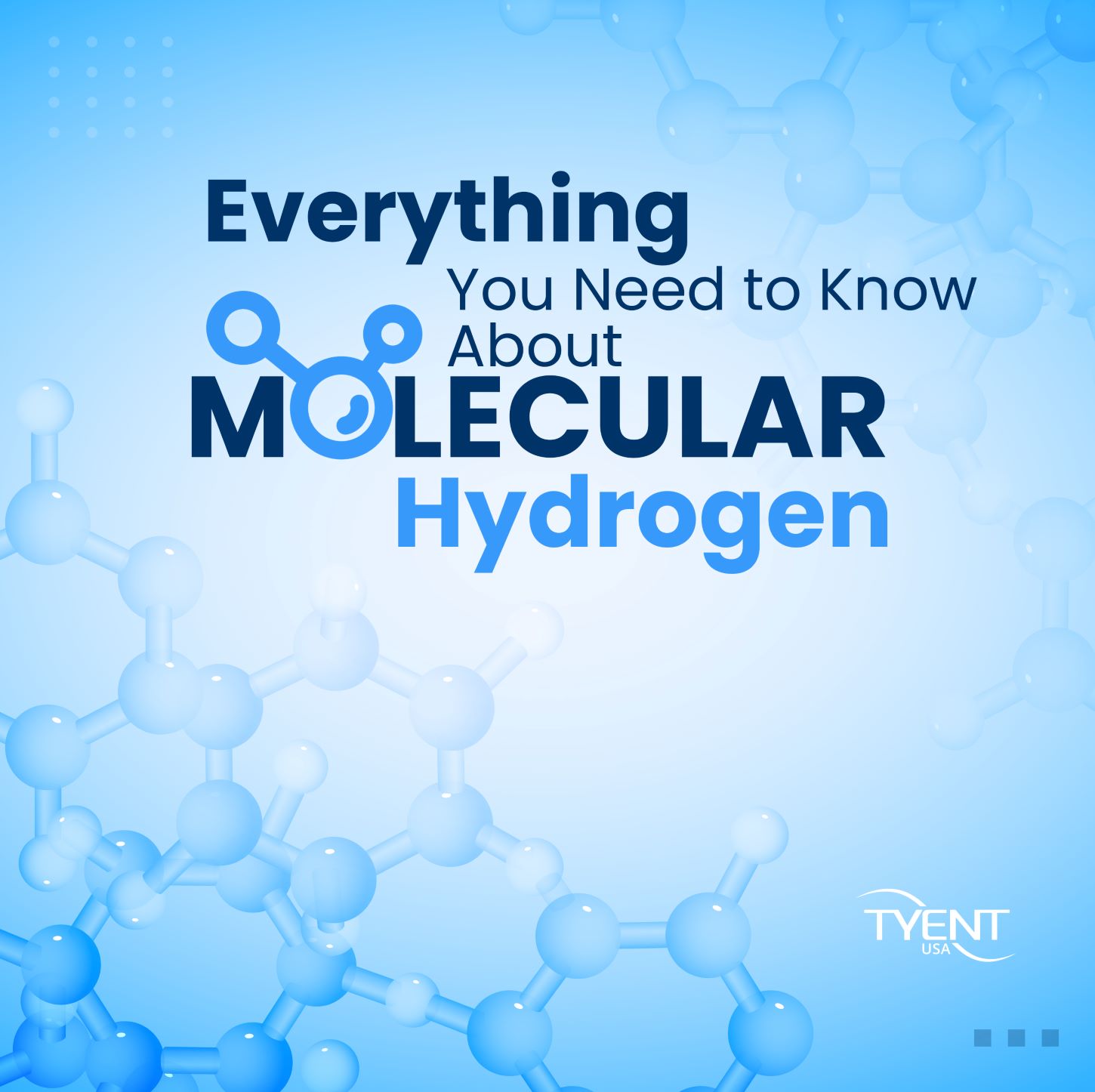At Tyent Water Ionizers, we’ve always talked about the importance of powerful plates – and having enough of them to deliver awesome performance. Our incredible Solid/Mesh Hybrid Plates are constructed from titanium and dipped multiple times in pure platinum. There’s nothing on the market to beat them.
Are 15-Plate Water Ionizers Any Good?
So, the news that 15-plate water ionizers were finding their way to the market was certainly interesting! Tyent’s position at the forefront of the water ionizer industry means that we’re always excited to see new concepts and ideas emerging, and this one had arrived with a certain amount of hype. But 15 plates? Are 15 plates really worth it? Naturally, we had to find out!
Water Ionizer Plates: Three Things You Cannot Ignore!
When it comes to water ionizer plates, there are a few non-negotiable truths. No matter how many plates are inside a water ionizer, the following three points are the ones to watch when considering which machine to buy:
- What is the plate constructed from?
- What is the surface area of the individual plate?
- Is it a solid plate, a mesh plate, or solid/mesh hybrid design?
The materials used in the construction of water ionizer plates are of utmost importance. A water ionizer is an investment buy. These plates must last many years and maintain the same performance in 10- or 20 years’ time as the day you bought your water ionizer.
Super Strong Plates
As mentioned above, Tyent plates are made from the most durable construction materials possible – titanium and platinum. Anything less than this is already inferior. These two materials combined create the best possible plate for strength and durability.
The Importance of Surface Area
Surface area is another key point. More surface area means more electrolysis happening inside the water ionizer. That’s why size matters with plates.
Are Your Plates Solid, Mesh or Hybrid?
This leads us neatly on to the type of plate – solid, mesh or hybrid?
Some water ionizer companies stick with solid plates because they’re stronger. However, solid plates have less available surface area for electrolysis. Other companies use mesh-type plates to create more surface area, but this means compromising on strength. Mesh plates are weaker and less durable than solid plates; while solid plates are stronger but have reduced surface area.
The best type of plate is a solid/mesh hybrid plate. These are engineered to have greater surface area, while maintaining the integrity and strength of a solid plate. Water ionizer plates are integral to the machine. Generally, the size, quality and construction of the individual plates and NOT the number of them are key to exceptional performance.
Is Your Kitchen Big Enough for 15 Plates?
Let’s look at the reality of a water ionizer machine with 15 plates. Broadly speaking, these machines are likely to be much bigger than a machine with 13 plates or less. To house the plates, the water ionizers are likely to be outsized and look unwieldy and bulky in the average kitchen. Not a dealbreaker, but something to bear in mind.
Price –v- Value for Money
What is a dealbreaker when it comes to buying a water ionizer? For most people, it will be a combination of price and value for money.
The 15-plate machines push the envelope when it comes to price. These big beasts are pricey. But are they worth every cent? If you’re paying a premium for those 15 plates, is it truly worth it?
Well, let’s look at the performance data. In tests, the 15-plate machine delivered alkaline water in the range of 1.7 pH to 12.2 pH. In the same tests, the Tyent ACE-13 produced an alkaline water range of 1.7 pH -12.5 pH.
ORP & Filtration
What about Oxygen Reduction Potential (ORP)? This is a key aspect of ionized water – antioxidants. ORP is the potency, or sheer strength of the antioxidants in the water to neutralize damaging free radicals. ORP is measured in negative values: the greater the negative -ORP value, the more potent the antioxidant potential of your water.
With that quick reminder, let’s look again at the test results of a 15-plate machine – a respectable maximum of -1005 ORP. The same test with the 13-plate Tyent ACE-13 produces an ORP level of up to –1150.
What about filtration? Let’s face it, that’s one other essential feature of a water ionizer. For a machine that is more expensive than most other water ionizers on sale today, the 15-plate models only contain one filter. At this price bracket, that’s not enough. 2 filters are standard when you’re spending this much money – clean, contaminant-free water is everything.
Great or Gimmick?
15 plates sure is a lot, but does the number of plates make any appreciable difference once you get past the 13-plate point?
There is a certain logic in assuming that the more plates a company piles into its water ionizer machines, the better that machine must be. To an extent, that’s correct, but there is a tipping point – the point at which the number of plates becomes a gimmick, rather than a useful, productive part of the water ionization process.
The other thing to remember is that the number of plates a water ionizer contains is only part of the equation. As with so many things, two main points apply: quality matters, and the devil is in the detail.
The Conclusion: Are 15 Plates Worth It?
We’re not saying that 15-plate water ionizers have no place on the market. If your kitchen (and budget!) are big enough, they can look pretty good.
But the question we started with remains. Are they worth it?
The answer has to be no. In a sense, it’s rather like the law of diminishing returns. You pay more, but you’re no longer receiving any extra benefit for the additional cost.
A Tyent 13-plate (or even fewer) water ionizer, in which the plates are solid/mesh hybrid type; constructed from titanium and platinum and are large and strong, delivers a performance that matches and then exceeds the performance of the 15-plate model. There’s nothing inherently wrong with the 15-plate version, it’s just not worth paying more for.
It’s possible that we’ll see more of this kind of thing – water ionizer gimmicks that grab an industry headline or two – but until there’s any actual, measurable benefit for the customer, our advice is to scroll on by.










